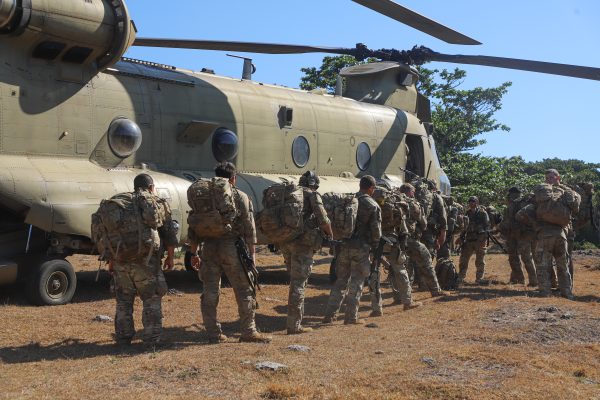
The United States has intensified its military presence in the northern Philippines, deploying troops and anti-ship missiles as part of near-continuous joint exercises across the country.
In what analysts describe as a critical move to counter China’s expanding maritime power, the US strategy focuses on the Bashi Channel a narrow but vital waterway separating the Philippines and Taiwan. The passage is considered one of the most strategic chokepoints in the Western Pacific, serving as a potential route for Chinese warships to enter the Pacific Ocean.
Military officials say the drills are part of broader efforts to strengthen defense cooperation with Manila and ensure rapid response capabilities in the event of a regional conflict. The Bashi Channel’s control has become central to Washington’s deterrence strategy against a potential Chinese assault on Taiwan.
As a former Philippine military chief told Reuters: “You can’t invade Taiwan if you don’t control the northern Philippines.”
The deployment reflects Washington’s renewed focus on the Indo-Pacific, where growing tensions between China and Taiwan have drawn global concern. The Philippines, a key US ally under the Mutual Defense Treaty, has allowed expanded access to its military bases, further solidifying its role in the region’s security architecture.
Analysts believe the move could reshape naval power dynamics in Asia, potentially setting the stage for heightened geopolitical friction in one of the world’s most contested waterways.
Erizia Rubyjeana



